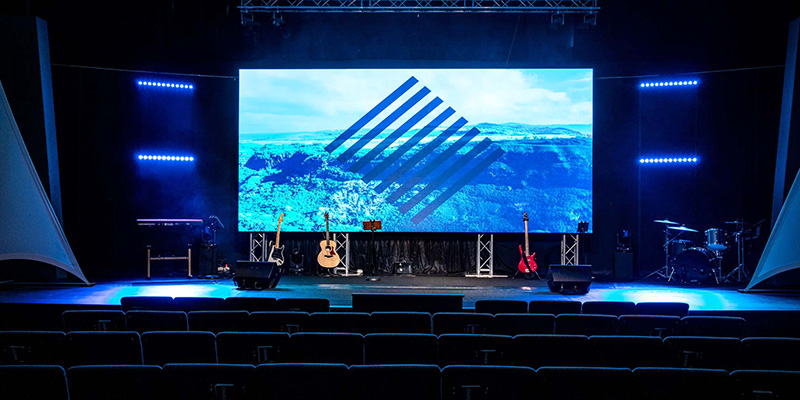Exploring the Wide-ranging Connectivity Solutions Offered for LED Display Panels
Exploring the Wide-ranging Connectivity Solutions Offered for LED Display Panels
Blog Article
Light Emitting Diode wall units have gained popularity for their capacity to deliver crisp imagery in multiple settings, from professional environments to entertainment venues. One of the most significant aspects of these panels is their interface capabilities, which allow users to connect them to multiple devices and systems. Comprehending the broad input options available for LED wall panels is vital for enhancing their use and effectiveness. This discussion details these options, showcasing how they can adapt to specific needs and preferences.
One frequent connection approach for LED wall panels is HDMI. HDMI is widely recognized for transmitting high-quality video and audio streams between devices. This connection type is especially beneficial in commercial environments, such as conference rooms or classrooms, where visual content or video content are often shared. By using HDMI cables, operators can easily link laptops, projectors, and streaming equipment to Light Emitting Diode wall panels, ensuring a clear and vibrant display of media.
Another popular interface option is DisplayPort, which is comparable to High-Definition Multimedia Interface but offers additional advantages. Display Port can support elevated refresh rates and display outputs, making it an excellent choice for gaming or graphic-intensive applications. For those deploying Light Emitting Diode wall panels in settings where output quality is essential, such as esports arenas or design studios, Display Port can provide the required visual clarity. Additionally, many modern computers and graphics cards feature DisplayPort connections, making it a convenient solution for technology-oriented professionals.
In addition to HDMI and Display Port, wireless connectivity methods are becoming increasingly prevalent in Light Emitting Diode wall panel technology. Cable-free connections allow users to transmit content without the need for physical cables, enabling a streamlined and more adaptable setup. Technologies such as Wi-Fi and Bluetooth enable users to connect smartphones, tablets, and laptops seamlessly to Luminescent Diode wall panels without tangled wires. This versatility is especially beneficial in fast-paced environments like trade shows or live functions, where quick adjustments to displays are often needed.
For larger deployments or more complex setups, network connectivity through Ethernet is another viable solution. Wired links provide a stable and reliable way to integrate multiple LED wall panels within a network. This setup is suitable for electronic display use cases found in retail centers or transport hubs, where multiple panels may need to present coordinated content across a wide area. By using Ethernet cables and network switches, users can ensure that all connected panels receive uniform data and content efficiently.
Lastly, it's important to consider the future of connectivity with technologies such as directory USB-C and Thunderbolt Three. These newer interfaces offer increased data transfer rates and flexibility by allowing one connector to handle both energy transfer and data exchange. As more systems incorporate these protocols, Light Emitting Diode wall panels equipped with Type-C ports will likely become more prevalent. This evolution in connectivity not only enhances the functionality of Luminescent Diode wall panels but also aligns with the emerging trend of minimalism in hardware arrangements by reducing the number of cables needed.
In conclusion, examining the diverse connectivity methods available for LED wall panels uncovers many opportunities for operators across multiple industries. From conventional approaches like High-Definition Multimedia Interface and Display Port to contemporary wireless technologies and LAN setups, each pathway serves specific functions suited to distinct needs. Additionally, emerging technologies like USB-C promise further advancements in how users interact with Luminescent Diode wall panels. By understanding these integration alternatives, end-users can Discover More Here make strategic selections that optimize their overall engagement with these versatile display tools.